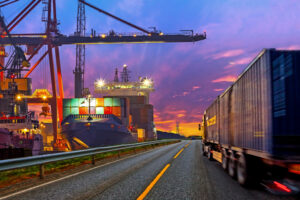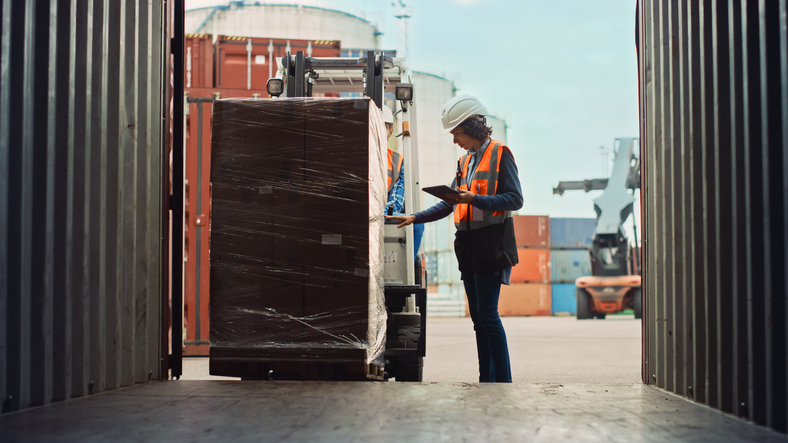
The Weekly Roar
In this week’s Roar: What a Trump win means for supply chains, Port issues spread in Canada, the realities of visibility, the state of sustainability, and the complex issue of port automation.
Voters in the U.S. have spoken, and Donald Trump will soon be President again. Much of the pre-election discourse was related to contrasting trade policies between the candidates, many of which will have a large impact on supply chains. Expectations for a second Trump Administration include the likelihood of more protectionist trade policies, more reliance on public/ private partnerships to support infrastructure investments, less regulation, and a different view on labor relations. And, in light of ongoing issues around automation and wages at East and Gulf Coast ports, companies need to be wary of more disruption if that dispute is not resolved soon.
The International Longshore and Warehouse Union recently initiated strikes at Canada’s West Coast ports of Vancouver and Prince Rupert. In a countermeasure, the BC Maritime Employers Association has issued a coast-wide lockout notice. Maersk is postponing shipments, and East Coast ports are preparing for a potential overflow. And on the East Coast, protests continue at Montreal’s Termont terminals over automation issues. Combined, this has heightened the risk of port congestion in Canada and potentially across North American transport networks. 
The industry continues to face challenges and realities when it comes to visibility. Despite heavy investments in visibility technology, 69% of companies report that their efforts have fallen short, leaving a much smaller percentage of them satisfied with the outcome of any the strategies they’ve put in place. This can be because of inconsistent data availability, limited accessibility across departments, and even quality issues with the data itself. Any or all of these issues can make accurate data analysis challenging. To address the issue, it will require a stronger focus on data governance and alignment.
The 2024 State of Supply Chain Sustainability Report addresses the current state of sustainability in supply chains across the world and provides a number of actionable insights to help organizations improve their sustainability efforts. Specifically, the report focuses on ten areas for sustainability within the industry, made up of five environmental factors and five social factors. It also analyzes any discrepancies between each company’s goals and the investments that they’re making in their efforts to achieve them. And it seems there is an investment gap across all ten areas, meaning their goals exceed their investments.
Automation is a central sticking point in the ongoing East Coast labor disputes as terminals increase their use of advanced technology to streamline their operations. This technology has the potential to improve port safety, cut labor costs, all while boosting productivity. However, dockworkers are naturally concerned about their job security and what guarantees there are that automation won’t put them out of a job. Clearly, successfully implementing automation will take some careful planning and consideration of how it will impact all aspects of terminal operations.
For the rest of the week’s top shipping news, check out the article highlights below.









